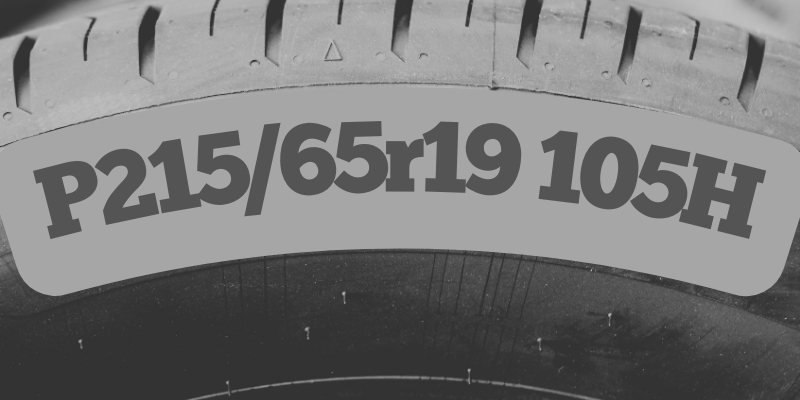What Does E Mean on a Tire?

The “E” on a tire stands for “Extra Load” or “Reinforced”. It indicates that the tire has a higher load capacity compared to a standard tire of the same size. In other words, an E-rated tire can safely carry heavier loads than a tire without the E designation.
Tire Code Explained
Tire codes may look like a random jumble of letters and numbers, but each element has a specific meaning. Here’s a quick breakdown:
- The first letters (like P or LT) indicate the tire type (passenger or light truck)
- The numbers (like 225/60) represent the tire size dimensions
- The last letter (like R) denotes the tire construction (radial)
- Additional letters (like E) indicate special characteristics (extra load)
So when you see a tire code like “P225/60R16 97E”, you now know that the “E” signifies the tire’s enhanced load-bearing capacity. It’s like the tire is saying, “Hey, I’m Extra strong and ready to carry some serious weight!”
Why Extra Load Matters
So why would you need an Extra Load tire? It all comes down to the demands you place on your vehicle. If you frequently haul heavy cargo, tow a trailer, or drive a larger vehicle like an SUV or pickup truck, E-rated tires provide the necessary support and durability to handle those increased loads safely.
Think of it like choosing the right tool for the job. You wouldn’t use a flimsy plastic spatula to flip a hefty burger on the grill, right? Similarly, you want tires that are built to withstand the specific challenges your vehicle faces. Extra Load tires are like the sturdy metal spatula of the tire world – they’re designed to tackle tougher tasks without buckling under pressure.
Maintaining Your Tires
Now that you know what the “E” means, it’s important to remember that proper tire maintenance is key to getting the most out of your Extra Load tires. This includes:
- Checking tire pressure regularly
- Rotating tires to ensure even wear
- Replacing tires when they reach the end of their lifespan
By taking care of your tires, you’ll maximize their performance, safety, and longevity. Plus, you’ll have the satisfaction of knowing that you’re not only a savvy tire code decoder but also a responsible vehicle owner.
Conclusion
So there you have it – the mystery of the “E” marking, solved! The next time you’re tire shopping or checking your car’s rubber, impress your friends with your knowledge of sidewall markings.
Remember, while the “E” is important for indicating European compliance, it’s just one of many crucial details found on your tires. Always check your vehicle’s recommended tire size, load index, and speed rating to ensure a proper fit.
By understanding what the various letters and numbers mean, you can make informed decisions about your tires and feel confident that they meet the safety and performance standards wherever your travels take you.

Meet Caitlin McCormack, a Tire Size Expert and Blogger Passionate About Everything Related to Tires. With Years of Experience in the Tire Industry, Caitlin Has Become an Expert in Tire Sizes and Their Impact on Vehicle Performance.
